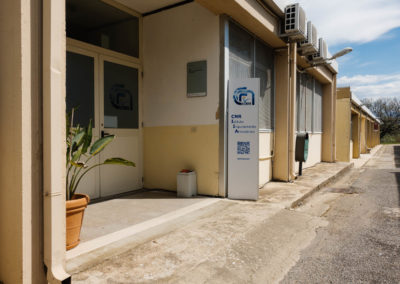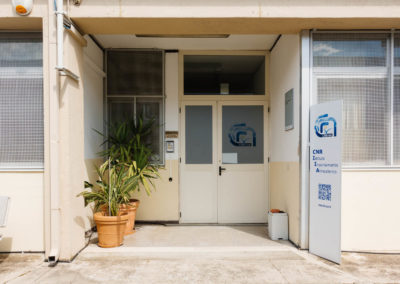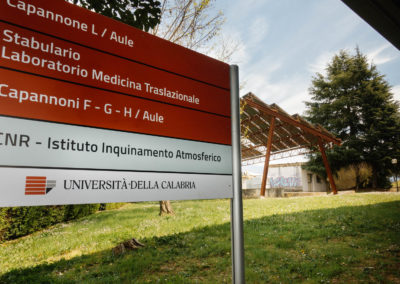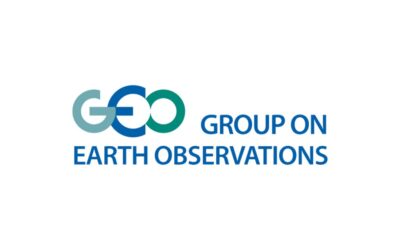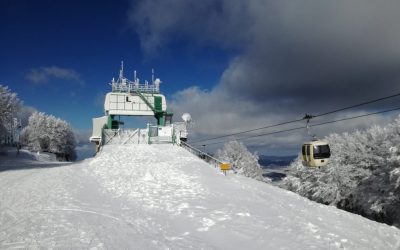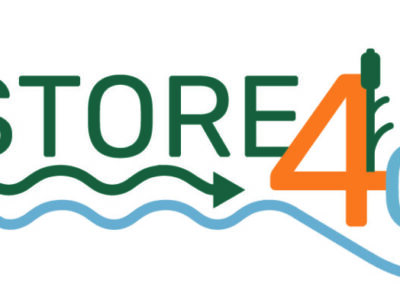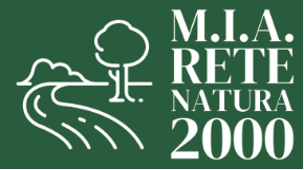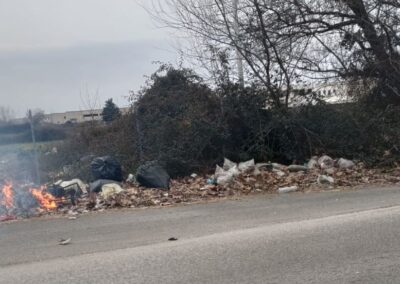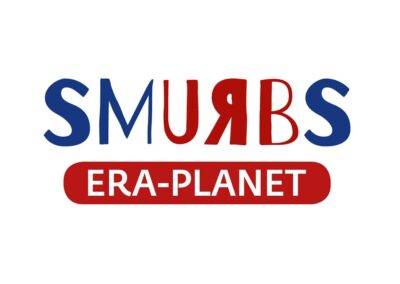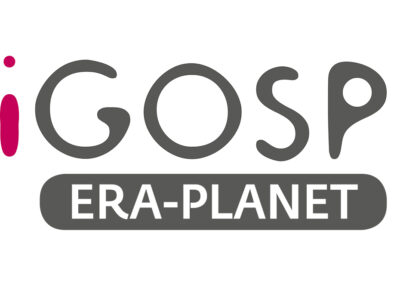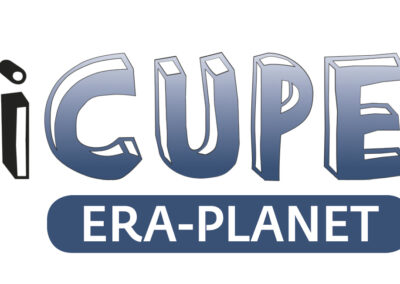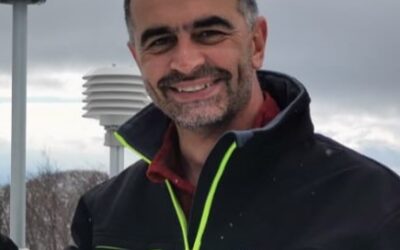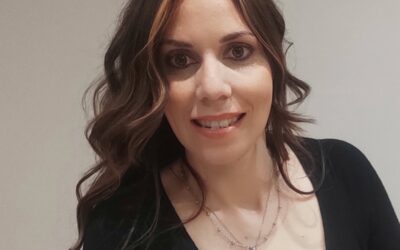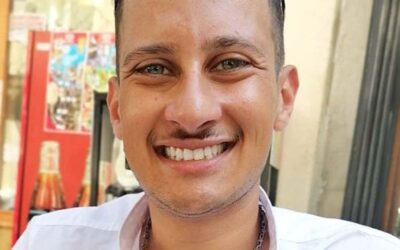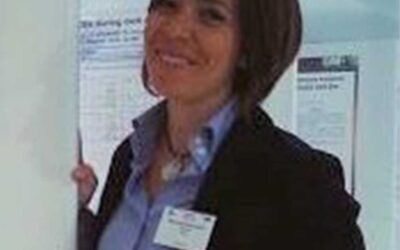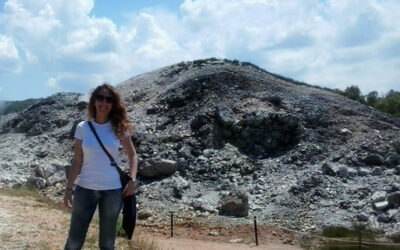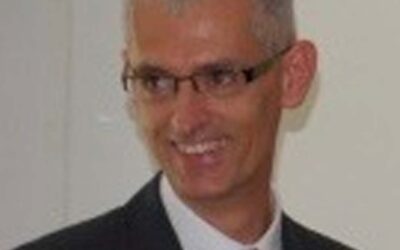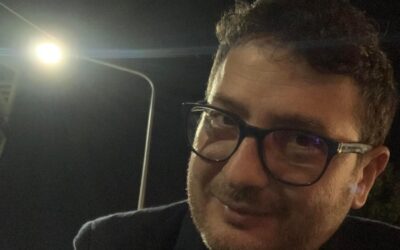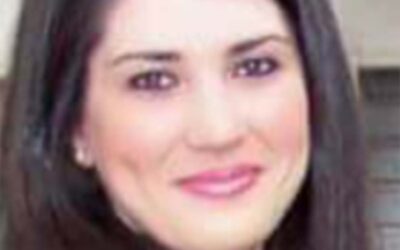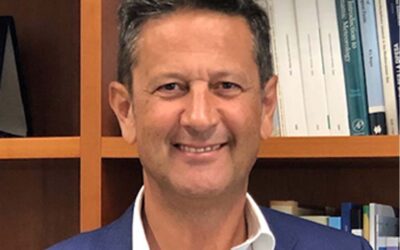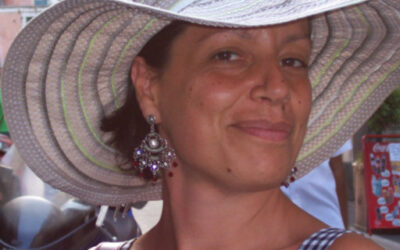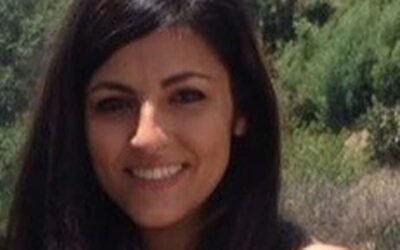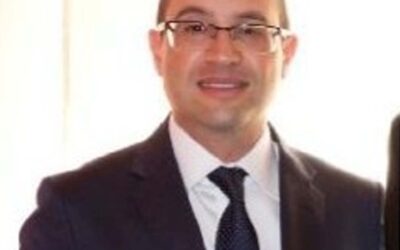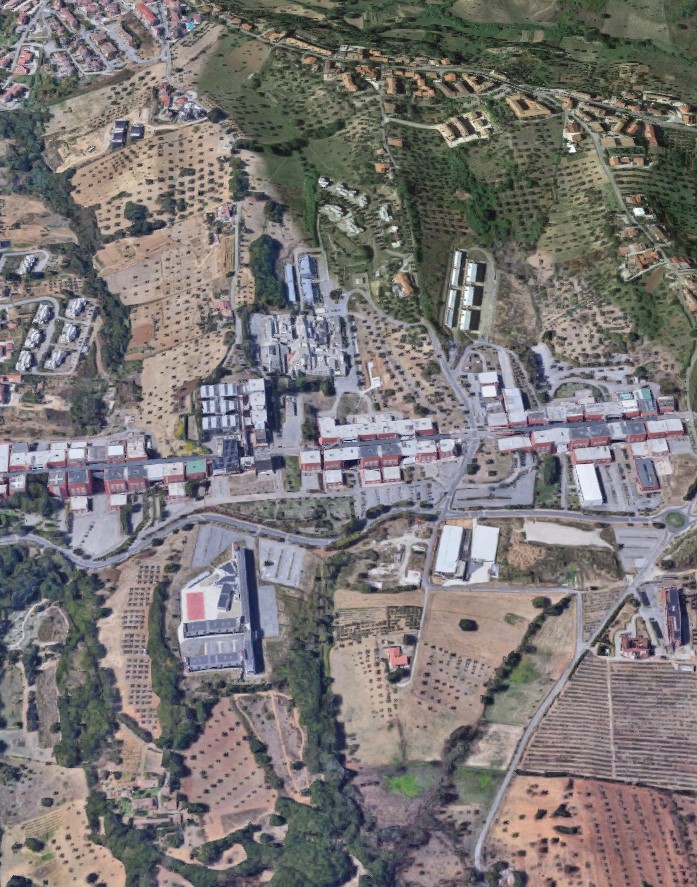
Head of office: Francesca Sprovieri
CONTACTS secondary office of RENDE
Tel: +39.0984 493213 - 493214
Fax: + 39.0984 493215
Email: Sede.rende@iia.cnr.it
c / o UNICAL Multifunctional, Rende (CS)
Area contact person: Francesca Sprovieri
It carries out research and technological development activities in the field of air pollution on a regional and global scale and has a leadership role in the context of international, European and national projects and programs.
It works in partnership with major institutes and universities in Europe, Australia, the East, North and South America.
Coordinates: in the current HORIZON 2020 Framework Program, the ERAPLANET program and the iGOSP project; the GMOS program and the GOS4M Flagship; the National Mercury Reference Center.
Participate in MercOx, SI-Hg, I-seed, E-SHAPE projects; to the UNEP F&T Partnership; to the activity of the GEO.
He has prepared: for the European Commission, the European Directive on Mercury; for the UNEP, for many years, technical reports on the Global Mercury Assessment.
It carries out technical-scientific support activities for European and international organizations on behalf of the MATTM, collaborating in the drafting of laws and regulations.
He developed ECHMERIT, a global model of the chemistry of mercury in the atmosphere.
Laboratories and Equipment
We are the air we breathe
The awareness event on environmental sustainability stopped at the Primary School classes of the Comprehensive Institute of Aprigliano
GEOSS
A central part of the mission of the global intergovernmental organization GEO is to implement the Global Earth Observation System of Systems (GEOSS). GEOSS is a set of coordinated and independent Earth observation, information and processing systems ...
Atmosphere Observatory on Monte Curcio
The GAW site of Monte Curcio managed by the IIA has equipped itself with a new portal in order to guarantee greater interaction with the scientific community and with political decision-makers

